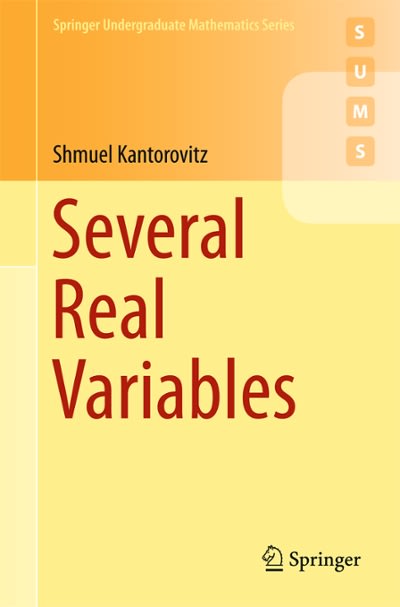9. Use the One Proportion applet to simulate 1000 random samples of 100 households each, assuming that one-third of all households have a pet cat. Use trial-and-error to determine which values of the sample proportion would produce a p-value of less than 0.05. (Note that these values would lead to rejecting the null hypothesis at the 0.05 significance level.). Now suppose that the 30% of all American households have a pet cat, so the actual value of the population parameter is 0.3. 10. Do you suspect that a test of significance, based on a random sample of 100 households, will be likely to reject the null hypothesis that one-third of all households have a pet cat, if in fact 30% of all households have a pet cat? 11. Use the One Proportion applet to simulate 1000 random samples of 100 households each, assuming that 30% of all households have a pet cat. Use the applet to count how many, and what proportion, of the 1000 samples produce a sample proportion of (your answer to #10) or smaller. 12. Re-answer #10 based on your answer to #11. Recall that the probability of rejecting a false null hypothesis is called the power of the test. Tests with higher values of power are preferred over tests with lower values of power. Power can also be thought of as one minus the probability of a Type II Error. 13. Based on your simulation analysis in #9 and #11, what is the approximate power of this test with a sample size of 100, a significance level of 0.05, and an alternative value of 30%? 14. Do you suspect that increasing the significance level or decreasing the significance level result in greater power? Explain your thinking. 15. Use the One Proportion applet to investigate the issue in #14 by changing the significance level from 0.05 to 0.10. First re-answer #9 using 0.10 as the significance level. Then re-answer #11, again assuming that 30% of all households have a pet cat but using the sample proportions determined for the new significance level. Report the approximate power, and comment on whether power has increased or decreased from using a significance level of 0.05. 16. Do you suspect that increasing or decreasing the sample size result in greater power? Explain your thinking. 17. Use the One Proportion applet to investigate the issue in #16 by changing the sample size from 100 to 500. First re-answer #9 using 500 as the sample size. Then re-answer #11, again assuming that 30% of all households have a pet cat but for the sample proportions determined in #9 in a sample size of 100. Report the







